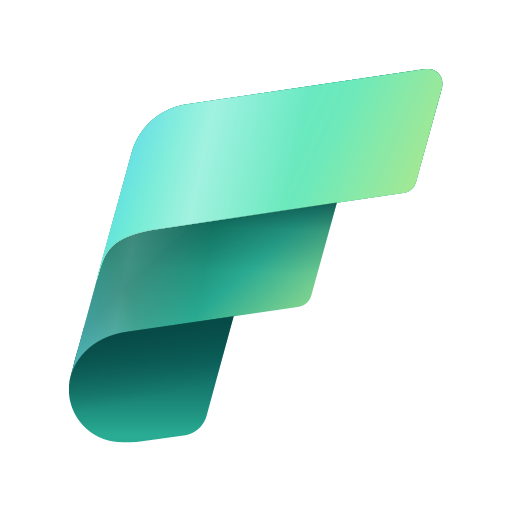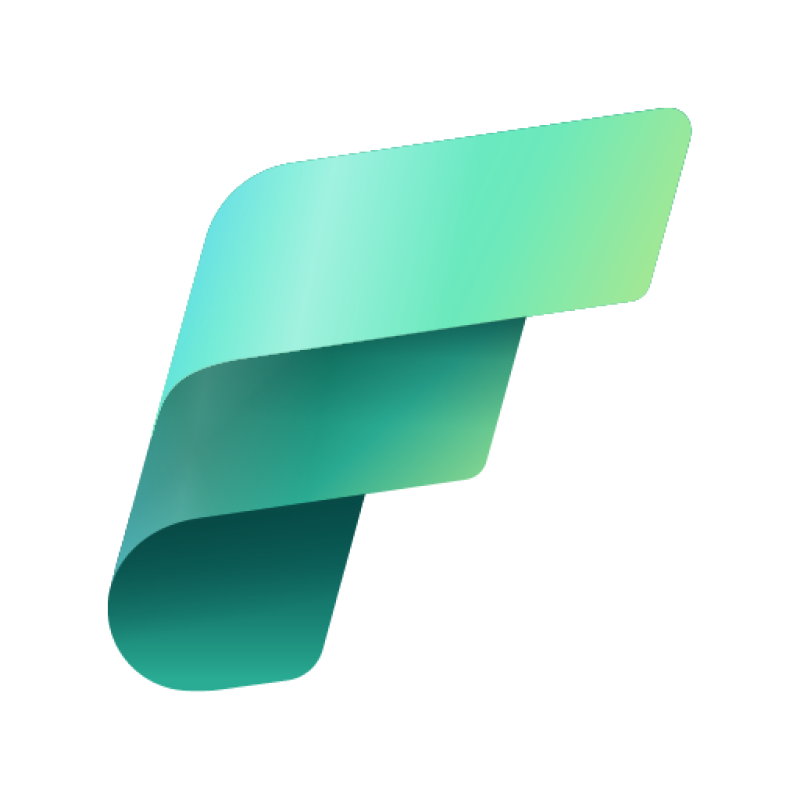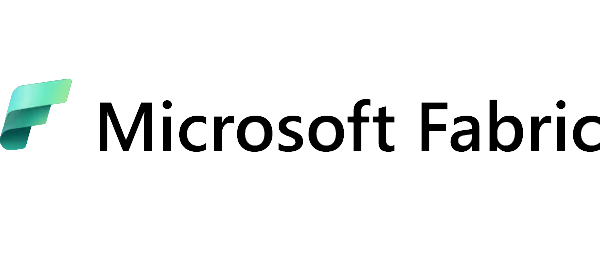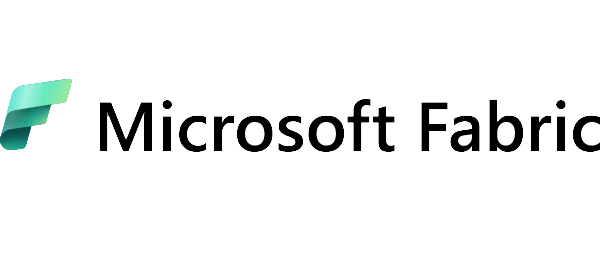
Implementing Microsoft Fabric is a process that can revolutionise data management and analytics in any organisation. With advanced integration with Microsoft tools and real-time data processing capabilities, the platform provides a comprehensive solution that improves operational efficiency and reduces costs. In this article, we outline the implementation steps and key benefits of using Microsoft Fabric.
What is Microsoft Fabric?
Microsoft Fabric is a modern, integrated analytics platform combining data processing, integration, engineering, and advanced analytics capabilities into a single solution. A key component is OneLake, a central data lake that eliminates the need for duplicate data, thereby reducing storage and management costs.
Microsoft Fabric also supports real-time data processing and artificial intelligence, allowing organisations to make faster decisions based on up-to-date data. The platform is fully integrated with other Microsoft tools, such as Power BI, Azure Data Factory, and Azure Synapse, offering full flexibility and scalability for different business needs.
Preparation of the Microsoft Fabric environment
Implementing Microsoft Fabric is a process consisting of several key steps that allows organisations to provide integrated data management, real-time analytics and advanced artificial intelligence capabilities. The entire process can be described in several steps outlined below.
Implementing Microsoft Fabric starts with creating a suitable environment in the Azure platform. First, you need to:
- Purchase the appropriate licence, which addresses the needs of the organisation in the context of data management.
- Create and configure Data Lake Storage Gen2, where data will be stored. An important step is to optimise the settings for performance and security.
- Resource management: MS Fabric offers centralisation of computing resources, which simplifies infrastructure management and reduces operational costs.
Integration of tools and data migration
Under the Microsoft Fabric umbrella are many popular tools such as Power BI, Azure Data Factory and Databricks, allowing data to be easily ported from other systems and platforms. An important aspect is also:
- Data migration – organisations should assess their existing data and implement the migration process in stages to minimise the risk of errors and disruption.
- Connectors and APIs – Integrating external tools via APIs and built-in connectors is crucial for the continuity of operations.
Data engineering and real-time processing
Microsoft Fabric uses Azure Databricks and Azure Synapse tools for advanced data processing. The process includes:
- Data pipelines – with Azure Data Factory, you can create pipelines that automate the flow of data between different sources.
- Real-time data processing – with services such as Azure Stream Analytics, data can be analysed as it flows in, enabling faster business decisions.
Analysis and machine learning
One of the main strengths of MS Fabric is its ability to implement advanced analytics and machine learning models. Organisations can:
- Use machine learning models and AI to forecast trends and optimise business processes.
- Create reports and dashboards in Power BI, allowing quick access to key indicators.
Key benefits of implementing Microsoft Fabric
· Data centralisation
One of the main strengths of Microsoft Fabric is OneLake, a centralised data lake that combines all resources in one place. This eliminates the need for organisations to duplicate data across different systems, reducing storage costs and simplifying information management. The centralised approach eliminates the problems associated with dispersed data assets, making integrating, analysing and controlling data quality easier. In addition, centralisation improves access to up-to-date information and allows for more efficient management of permissions and data security.
· Scalability
Microsoft Fabric offers flexible management of computing resources, enabling them to scale according to the organisation’s needs. This allows businesses to quickly adapt to growing computing requirements without investing in new infrastructure. MS Fabric’s scalability is based on a cloud-based architecture, allowing computing power to be automatically adjusted in real-time. This solution is beneficial in a rapidly changing business environment, where system workloads can change rapidly and organisations do not have to worry about redundant resources.
· Cost reduction
One of the most important aspects of Microsoft Fabric is its ability to optimise costs. With an integrated ecosystem where analytics, data processing, integration and data management tools work together in a single platform, organisations can avoid the costs associated with purchasing and maintaining multiple separate systems.
The centralisation of resources and flexible management of computing power allows companies to pay only for the resources they need, eliminating waste and reducing over-investment in infrastructure. MS Fabric also allows for efficient data management, eliminating the need for duplication and further reducing operational costs.
In summary, implementing Microsoft Fabric is a complex process that allows organisations to fully utilise their data assets, increase operational efficiency and improve the quality of business decisions while reducing operational costs.



